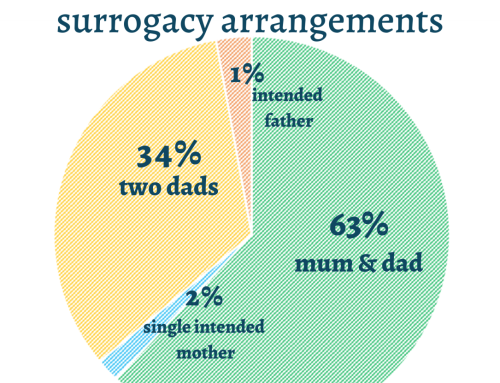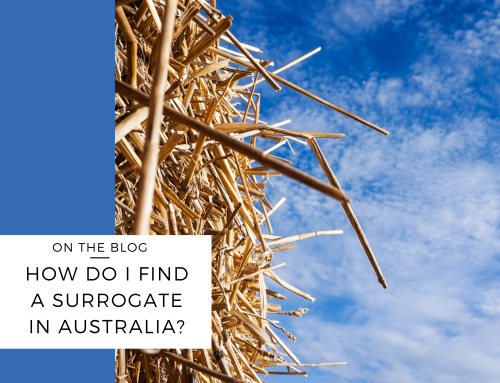Uniform Surrogacy Laws? Yes please!
The Council of Attorneys General met in late 2019 in Adelaide for their regular bi-annual meeting. The Council is made up of the State Attorneys General and the Federal Attorney General, and they talk about all the things that come under their portfolios – including law reform, particularly in the area of family law. So, generally speaking, it is the Attorney General in your State that has the conduct of the surrogacy laws portfolio.
After the Council meeting, they release a Communique, which is a summary of the things they discussed and agreed upon.
In this month’s meeting, the CAG determined Options to Improve Consistency between Jurisdictions on Surrogacy Regulation, including that:
Participants recognise the important issues raised in the Surrogacy Matters report by the House of Representatives Standing Committee on Social Policy and Legal Affairs inquiry into the regulatory and legislative aspects of domestic and international surrogacy arrangements. Participants agreed to Terms of Reference to establish a Working Group on Surrogacy to advise the Council on opportunities for attaining greater national consistency in legal and policy frameworks regulating surrogacy in Australia.
You can read the full Communique here.
Whilst the Communique is a positive move in the right direction, it remains to be seen whether the States will implement the law reform required to make surrogacy laws uniform across Australia. In the meantime, we can only watch this space to see what comes of the Working Group.
If I were writing the surrogacy laws, my legislation would include the following:
- At all times, the child’s best interests should be paramount.
. - Surrogates should maintain their bodily autonomy and be able to make decisions that affect them even when they are pregnant with a baby for the intended parents.
. - Surrogacy arrangements need to be unenforceable, both to protect the interests of the children and the bodily autonomy of the surrogate.
. - Both traditional surrogacy and gestational surrogacy be legal across Australia, and be treated the same under the law.
. - Surrogacy is altruistic across Australia, but that there be clarity for intended parents exploring commercial surrogacy overseas.
. - That children born through international surrogacy have their intended parents recognised as their legal parents under Australian law.
. - Surrogates have their reasonable out of pocket expenses and there be uniformity and clarity as to what expenses surrogates can have covered. And in particular, a surrogate and her partner’s lost income should be covered under the legislation.
. - Surrogates be over 25 years of age in all jurisdictions. There has not been uniformity on this issue, however most jurisdictions now include this as a requirement.
. - That intended parents have a medical or social need for surrogacy, regardless of their gender or relationship status. Western Australia still prohibits surrogacy for single men and same sex male couples, and this is discriminatory and outdated (not to mention offensive). There should also be some consistency in the approval process for surrogacy – Western Australia and Victoria both have an external approval process, while other states do not.
. - That there be uniformity in the Parentage Order application process, regardless of where the birth is registered. Each state has their own Parentage Order process, and there is very little consistency. For example, NSW applications require at least 5 Affidavits, while Victoria only requires two. NSW and Western Australia do not require a court attendance while other jurisdictions require everyone to attend court for a hearing.
. - That all parties must complete post-birth surrogacy counselling with a qualified surrogacy counsellor. This is not a requirement in some jurisdictions.
. - All states should require donor conception to be regulated and a Central Register established so that donor-conceived people in all states can access information about their donor and donor-conceived siblings. The Register should also operate to regulate the ‘family limits’ on donors.
You can read more about your State surrogacy laws. There were recent reforms in South Australia, and reforms expected recently in Victoria, Western Australia and the Northern Territory.
If you are new to surrogacy, you can read about how to find a surrogate, or how to become a surrogate yourself. You can also download the free Surrogacy Handbook which explains the processes and options.
Sarah has published a book, More Than Just a Baby: A Guide to Surrogacy for Intended Parents and Surrogates, the only guide to surrogacy in Australia.
You can find more information in the free Surrogacy Handbook, reading articles in the Blog, by listening to more episodes of the Podcast. You can also book in for a consult with me below.








